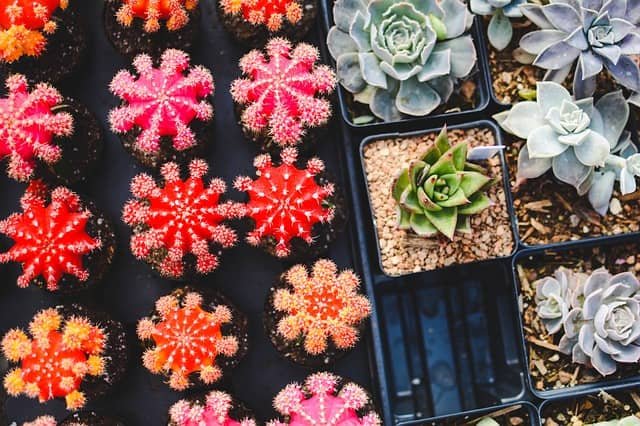Definition and characteristics of cactus: Cacti (singular – cactus) are a group of plants with peculiar shape and size and mostly adopted for desert life. The adverse environment has made this plants unusual in appearance and provided morphological, anatomical and physiological safeguard to thrive and flourish under such condition. Also, you can cultivate cacti in your home garden.
Characteristics of cacti
All the plants under Cactaceae family have the following characteristics.
- Areoles or spine – cushions are present.
- All are perennial plants.
- The fruits are one – called berry.
- The flower petals arise from the top of the ovary.
- The plants of the cacti groups usually are almost leafless except; Genus: Pereskia have leaves which are not visible.
- The plants are in dicotyledonous group.
- The stems are globular or ovoid or cylindrical, very fleshy, usually with many ribs, acute or rounded, straight wavy or spiral.
- The flowers are borne on the areoles at the top or at the sides. The largest and the first flowers of the Cactaceae are mostly nocturnal.
Genera of Cacti
Pereskia, Echinopsis, Rebutia, Lobivia, Echinocactus, Astrophytum and Lopophora.

Some important Cacti
- Astrophytum asterias
- A. myriostigma
- A. capricorne
- Oreocereus celsianus
- O. hendrick
- Epiphyllum phyllanthus
- E. strictum
- Espostoa lanata
- Parodia microsperma
- Pereskia grandiflora
- P. aculeate
- Rebutia deminuta
